Pilates, as a method of physical and mental training, has developed into different genres over the past 100 years. Among them, there are significant differences in the use of equipment between Classical Pilates and Contemporary Pilates. Recently, we met friends from South America with 15 years of experience in producing Classical Pilates equipment. The factory owner is a famous pilates instructor and physical therapist in his region, and is influential in the field of Classical Pilates. We exchanged ideas about the tradition and modernization of Pilates equipment, and we both wanted to work together in the Pilates manufacturing industry, combining their design concepts with our manufacturing techniques. In this article, we will delve into the differences between these two genres of thought in terms of equipment selection, adjustment and philosophy of use.

Pilates, as a method of physical and mental training, has developed into different genres over the past 100 years. Among them, there are significant differences in the use of equipment between Classical Pilates and Contemporary Pilates. Recently, we met friends from South America with 15 years of experience in producing Classical Pilates equipment. The factory owner is a famous pilates instructor and physical therapist in his region, and is influential in the field of Classical Pilates. We exchanged ideas about the tradition and modernization of Pilates equipment, and we both wanted to work together in the Pilates manufacturing industry, combining their design concepts with our manufacturing techniques. In this article, we will delve into the differences between these two genres of thought in terms of equipment selection, adjustment and philosophy of use.
Inheritance and Innovation in Equipment Design
Classical Pilates: strictly follow Joseph Pilates (Joseph Pilates) original design, the use of unchanged traditional equipment:
– Reformer: using the original spring system and wooden carriage.
– Cadillac: retains the metal frame and spring configuration of the original design
– Wunda Chair: using the original height and pedal design
Contemporary Pilates: has made a number of improvements to the equipment:
– Increased adjustability (e.g. spring resistance can be fine-tuned)
– The use of new materials (e.g. aluminum frame, memory foam pads).
– Addition of complementary accessories (e.g., bands, balls, and other modern training tools).
Philosophical Differences in Spring Systems
Classical Pilates: strictly follow Joseph Pilates (Joseph Pilates) original design, the use of unchanged traditional equipment:
– Reformer: using the original spring system and wooden carriage.
– Cadillac: retains the metal frame and spring configuration of the original design
– Wunda Chair: using the original height and pedal design
Contemporary Pilates: has made a number of improvements to the equipment:
– Increased adjustability (e.g. spring resistance can be fine-tuned)
– The use of new materials (e.g. aluminum frame, memory foam pads).
– Addition of complementary accessories (e.g., bands, balls, and other modern training tools).
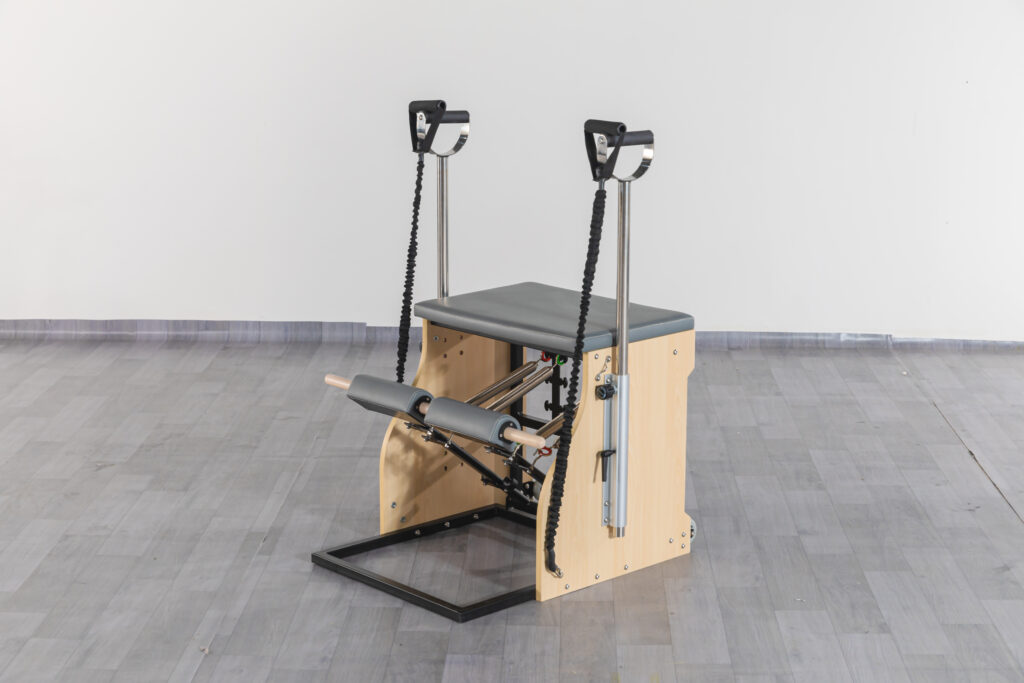
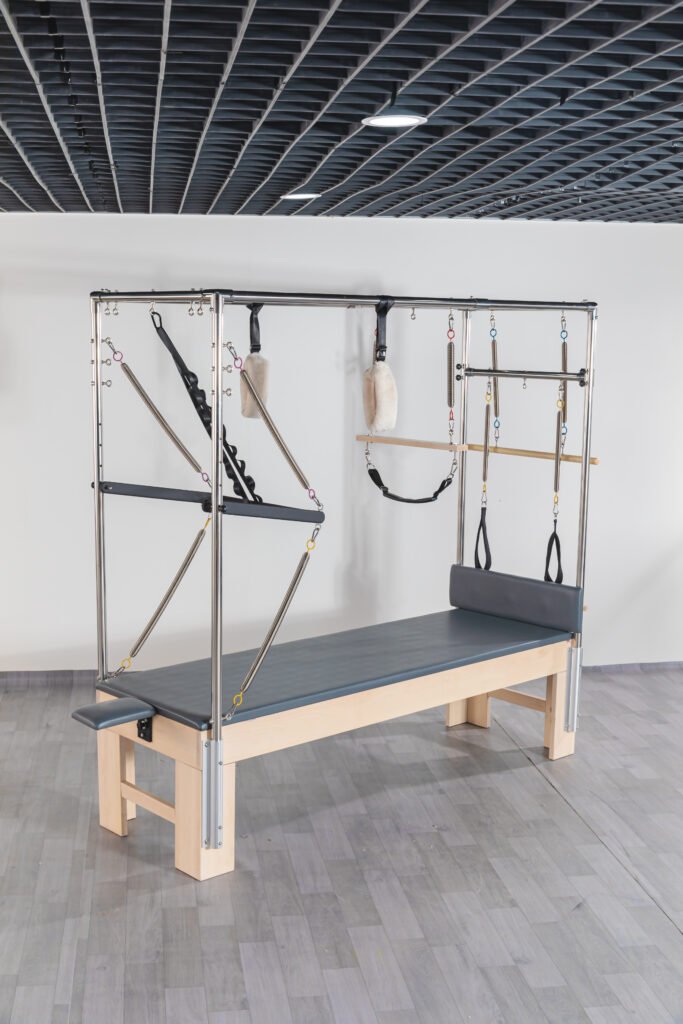
Philosophical Differences in Spring Systems
Spring configuration is the most significant point of technical divergence between the two schools:
Classical Reformer insists on the use of:
– specific color-coded springs (red-heavy, blue-medium, yellow-light)
– fixed-position spring hook points
– emphasizes that “the instrument should not be adapted to the man, but the man should learn to adapt to the instrument”.
Contemporary pilates Reformer advocates:
– The freedom to combine the springs according to the trainee’s situation
– Increasing the number of intermediate hook points to provide more options
– A progressive spring system (with fine-tuned resistance) has been developed.
Philosophical Differences in Spring Systems
Classical Pilates: strictly follow Joseph Pilates (Joseph Pilates) original design, the use of unchanged traditional equipment:
– Reformer: using the original spring system and wooden carriage.
– Cadillac: retains the metal frame and spring configuration of the original design
– Wunda Chair: using the original height and pedal design
Contemporary Pilates: has made a number of improvements to the equipment:
– Increased adjustability (e.g. spring resistance can be fine-tuned)
– The use of new materials (e.g. aluminum frame, memory foam pads).
– Addition of complementary accessories (e.g., bands, balls, and other modern training tools).


Comparison of the guiding principles for the use of the equipment
Classical School Training Characteristics:
– Strictly follows the original 34 basic movement sequences
– Emphasis on standardization and repetition of movements
– The equipment is seldom adjusted according to the individual.
– Pursue the smoothness and rhythm of movements.
Contemporary Training Characteristics:
– Adjust the equipment according to individual anatomy.
– Integration of modern sports science principles.
– Allows for movement variations and innovative combinations.
– Emphasize functional adaptation rather than perfect form
Examples of differences in the use of typical equipment
Take the Reformer as an example:
Classical method of use:
1. the position of the foot lever is fixed
2. the headrest can not be adjusted
3. strictly use the original foot rope
4. Prohibit the use of extra pads
Contemporary method of use:
1. Foot bar can be adjusted in several stages
2. Headrest height can be personalized
3. Replacement of the foot rope with different materials is possible
4. Allow the use of various auxiliary pads
Regardless of which school is chosen, the core values of Pilates apparatus training – building core strength, improving alignment, and increasing movement efficiency – are preserved. The key is to find the style of training that best matches your personal goals and physical condition.
Other News
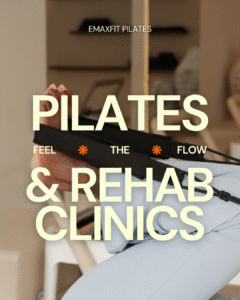
Why Rehab Clinics Need a Durable Pilates Reformer: A Complete Guide for Modern Healthcare Providers
When it comes to rehabili
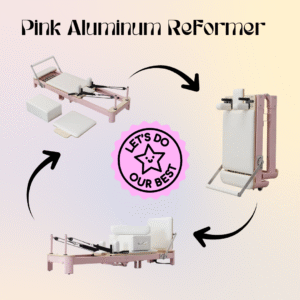
Compact Folding Reformer for Home Yoga Studio — Smart Design, Studio-Grade Quality
As home fitness continues

Wholesale Pilates Reformer Factory Direct: Your Trusted Partner for Quality and Value
As the global Pilates ind
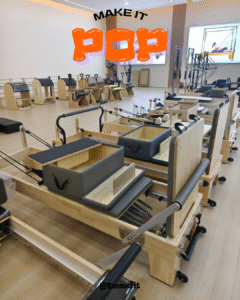
Why the Wooden Pilates Reformer Is Perfect for Small Studio Spaces
When it comes to designin

Exploring Malaysia’s Pilates Market — Emaxfit’s Visit to Kuala Lumpur and Melaka
As part of our continuous
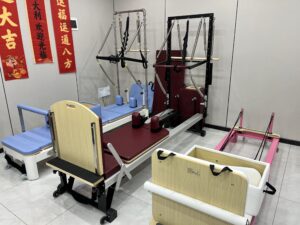
New Pilates Reformer Models Showcased at Emaxfit Office
At Emaxfit, we are always
